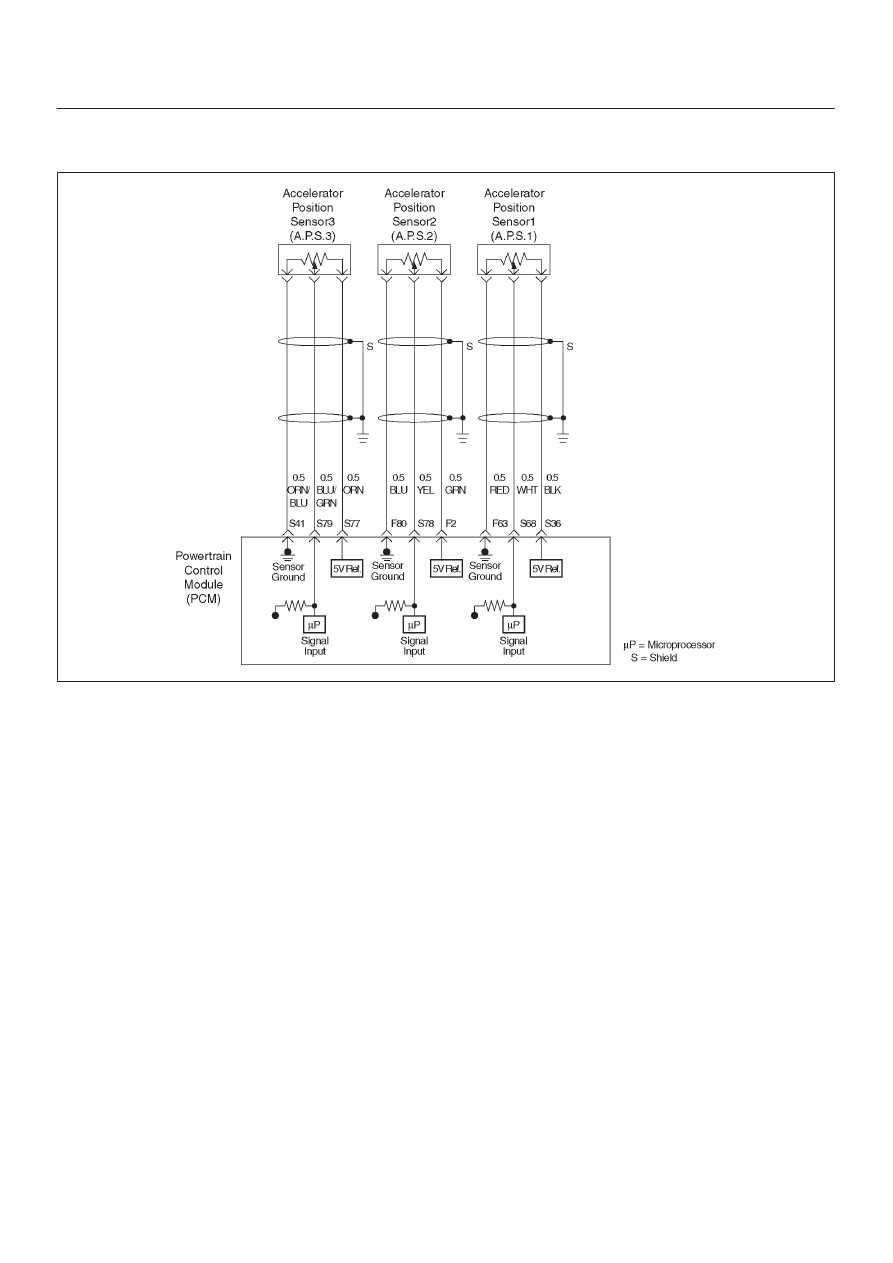Isuzu Amigo / Axiom / Trooper / Rodeo / VehiCross. Manual - part 367

6E–498
6VE1 3.5L ENGINE DRIVEABILITY AND EMISSIONS
Diagnostic Trouble Code (DTC)
P1639 Reference Voltage # 2 Circuit Fault
060R200064
Circuit Description
The AP sensor # 1shares a 5 Volt reference with the PCM.
If the PCM detects the 5 Volt reference for the AP sensor
# 1 is failure, DTC P1635 will be set.
Conditions for setting the DTC
D
The ignition is “ON”.
D
The 5 Volt reference voltage for the AP sensor # 1 is
less than 4 volts.
D
The 5 Volt reference voltage for the AP sensor # 1 is
more than 5 volts.
Action Taken When the DTC Sets
D
The PCM will not illuminate the malfunction indicator
lamp (MIL).
D
The PCM will store conditions which were present
when the DTC was set as Failure Records only. This
information will not be stored as Freeze Frame data.
Conditions for Clearing the MIL/DTC
D
The PCM will turn the MIL “OFF” on the third
consecutive trip cycle during which the diagnostic has
been run and the fault condition is no longer present.
D
A history DTC P1639 will clear after 40 consecutive trip
cycles during which the warm up cycles have occurred
without a fault.
D
DTC P1639 can be cleared using the Tech 2 “Clear
Info” function or by disconnecting the PCM battery
feed. Tech 2 “Clear Info” function or by disconnecting
the PCM battery feed.